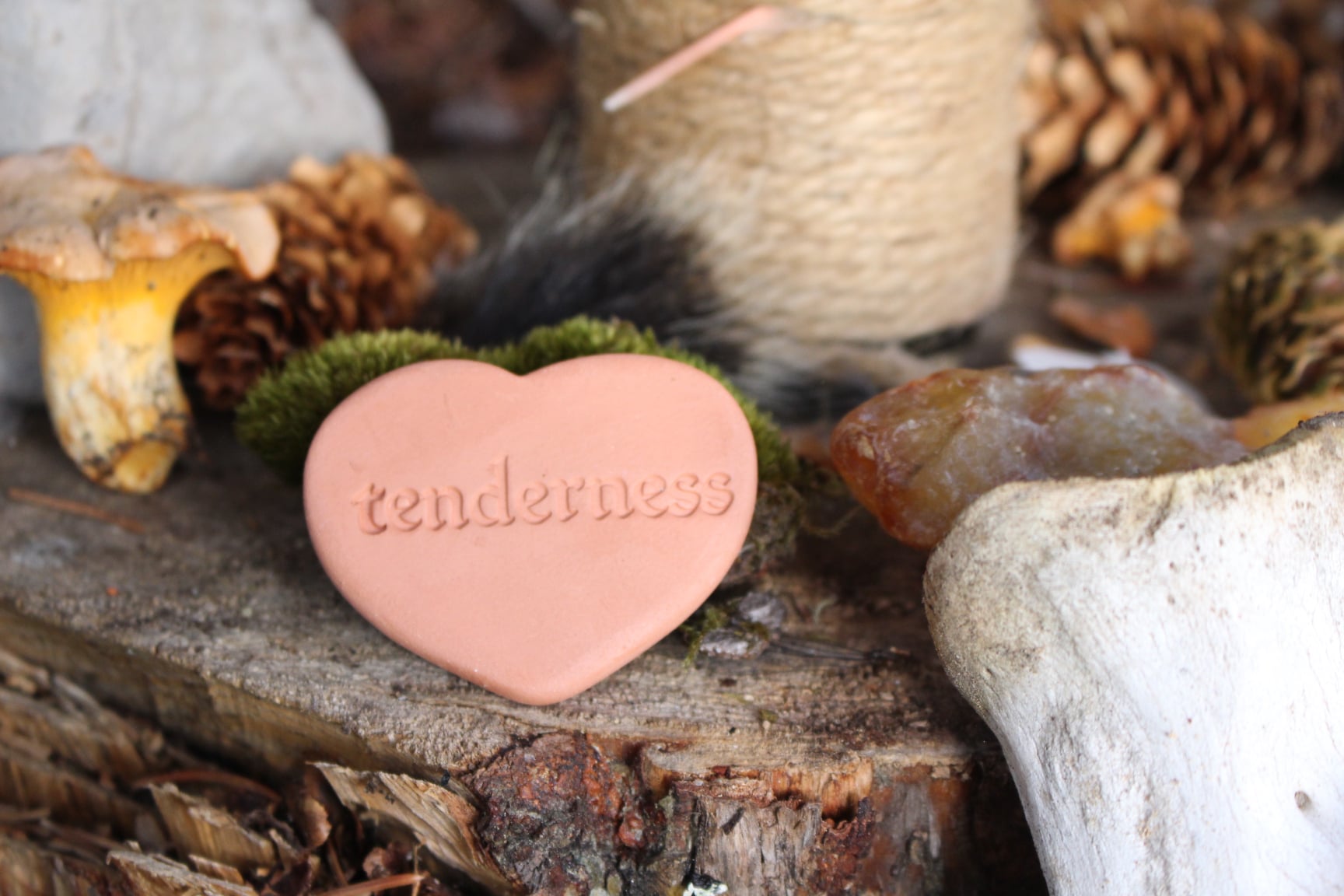
It’s wonderful that compassion has become a popular topic today. However, it’s a concept that can be easily misunderstood. All too often, compassion today is usually equated with what we do, as in “doing the right thing,” or with who we are, as in “being a good or virtuous person.” It often becomes a moral judgment of character and action tied to our self-image and social esteem. We habitually fuse it to an agenda or an outcome, using it to fix or right something in the world. In other words, compassion often manifests as an idea and an ideal and escapes us as an embodied experience.
At its core, compassion is much more pure and simple than we think. It’s the spontaneous alchemy of two ingredients – care and suffering – comingling in an open human heart. The care that composes compassion is not an anxious worry. It’s an attentiveness towards wellness – a mixture of empathy, goodwill, and mindfulness, to be exact. When it notices suffering, the result is a trembling resonance of sincere warmth that emanates through the emotional field.
Like observing a rare animal in nature, we must slow down to see and appreciate it. When we witness it in its raw and natural state, with all preconceptions aside, it’s nothing short of exquisite. While it certainly may inspire thought and deed, it preexists both. It lives in the present moment as an embodied feeling. True compassion is not preoccupied with who, why, or even how but with intimacy itself.
This intimacy with pain appears in compassion’s Latin linguistic roots. The two parts of the word mean to “suffer with.” In the world today, however, “suffering with” is not adequate to fully heal and liberate us. There are simply too many cries for help from every direction. Without additional support, our compassion can eventually turn to anxiety, overwhelm, and eventually burnout (i.e., compassion fatigue). We need the assistance of wisdom.
For example, buttressed by mindfulness, compassion doesn’t collapse into distraction or sentimentality. Imbued with non-clinging, it doesn’t tighten into forcing things to be a certain way. Braced by equanimity, it doesn’t avoid the empathetic pain by escaping into pity. It sees the marginalized and hopeless but stays equal to them. Suffused with the resilience of interconnection, it remains vulnerable but doesn’t succumb to pressure or manipulation. With supports like these, our compassion can remain strong, balanced, and focused. The synergy of wisdom and compassion within us can create what I call “true” compassion.
We are all born with the capacity to care. However, the protective coverings and wounds we carry often curtail this natural feeling. Therefore, just because we have the capacity doesn’t mean it will necessarily be easy to feel or access. To bring it forth into its truest expression requires devoted attention. The good news is that our natural capacity resurfaces and strengthens with each wound we heal, meaning it gets easier and easier as we go. All this being said, it will be hard to fully appreciate the real jewel of the compassionate heart until we’ve become students of it within the laboratory of our own hearts and minds. And this is precisely what we’ll do in our compassion retreats together.